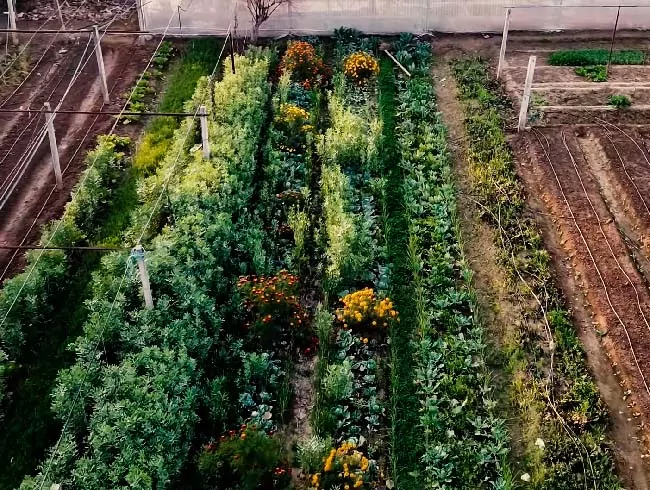
Conflicts, when ignored, will remain with us until we solve them. Staying calm in a dire situation and listening carefully to the person is one of the ways that develop conflict management skills.
Of course, better communication and understanding the conflict process before trying to resolve it solves the conflict.
What Is Conflict Management?
Conflict management is the skill that tactfully handles disputes and disagreements in the workplace. So, these conflicts should be appropriately processed for the benefit of the company.
Conflict arises at both the workplace and home, and many sources of conflict exist. In the workplace, people agreeing and sharing the same goals is unlikely when it is diverse groups. So, the clashes are often, which is often bombarded by a myriad of problems.
Continuing to develop conflict resolution by finding possible solutions for the conflict, issuing more profound problems, and brainstorming the ideas of the outcomes is vital for the conflict management process.
Not to be stressed out and take the pressure, as well as being confident, resolves conflict and solves it creatively.
Stage Of Conflict Process
Stage 1 – Potential Opposition or Incompatibility
This is the first stage of the conflict process that creates opportunities for conflict to arise. It is divided into three categories.
- Communication: Communication can be the source of conflict if there are misunderstandings, understanding difficulties, or too much or little communication.
- Structure: Structure includes variables such as size, group members, and the larger entities that stimulate conflict.
- Personal Variables: Difference in personal human values, emotions, anger fear, can lead to a potential conflict.
Stage 2 – Cognition and Personalization
At this stage of the conflict, the awareness of parties exists the condition to create conflict that negatively affects. For example:
If a student is aware that the teacher and student are in disagreement, but it may not make the student tense, it may not affect the student’s affection towards the teacher.
Stage 3 – Intentions
It can be identified with the five conflict-handling intentions:
- Competing: A person seeks to satisfy interest in conflict.
- Compromising: A person is willing to give up.
- Collaborating: A person has the desire to satisfy all the parties.
- Avoiding: A person desire to suppress conflict.
- Accommodating: A person sacrifices one goal to help other party goals.
Stage 4 – Behaviour (the “Conflict”)
It is the stage for the conflict process where conflict becomes visible. This is characterized by verbal attacks, threats, physical attacks, minor disagreements, and threats to destroy other parties.
How To Resolve Conflict?
Conflicts can be resolved by focusing on shared goals and ensuring the areas of responsibility for the team members. This creates a successful team functioning with a better understanding of how the team functions in the group.
Problem-solving skills are one of the vital actions for resolving conflicts in the workplace. One needs to improve effective problem-solving, including the willingness to address the issues that need to be solved when one of the solutions is unsuccessful.
To resolve workplace conflicts in a personal environment, communication places a greater role. One must be clear about their goals and must be precise while communicating. Misunderstanding only slows the pace of projects, so a skilled communicator resolves this problem in no time.
One must perceive the issue of the employee and understand their difficulties by asking them questions and communicating with them.




